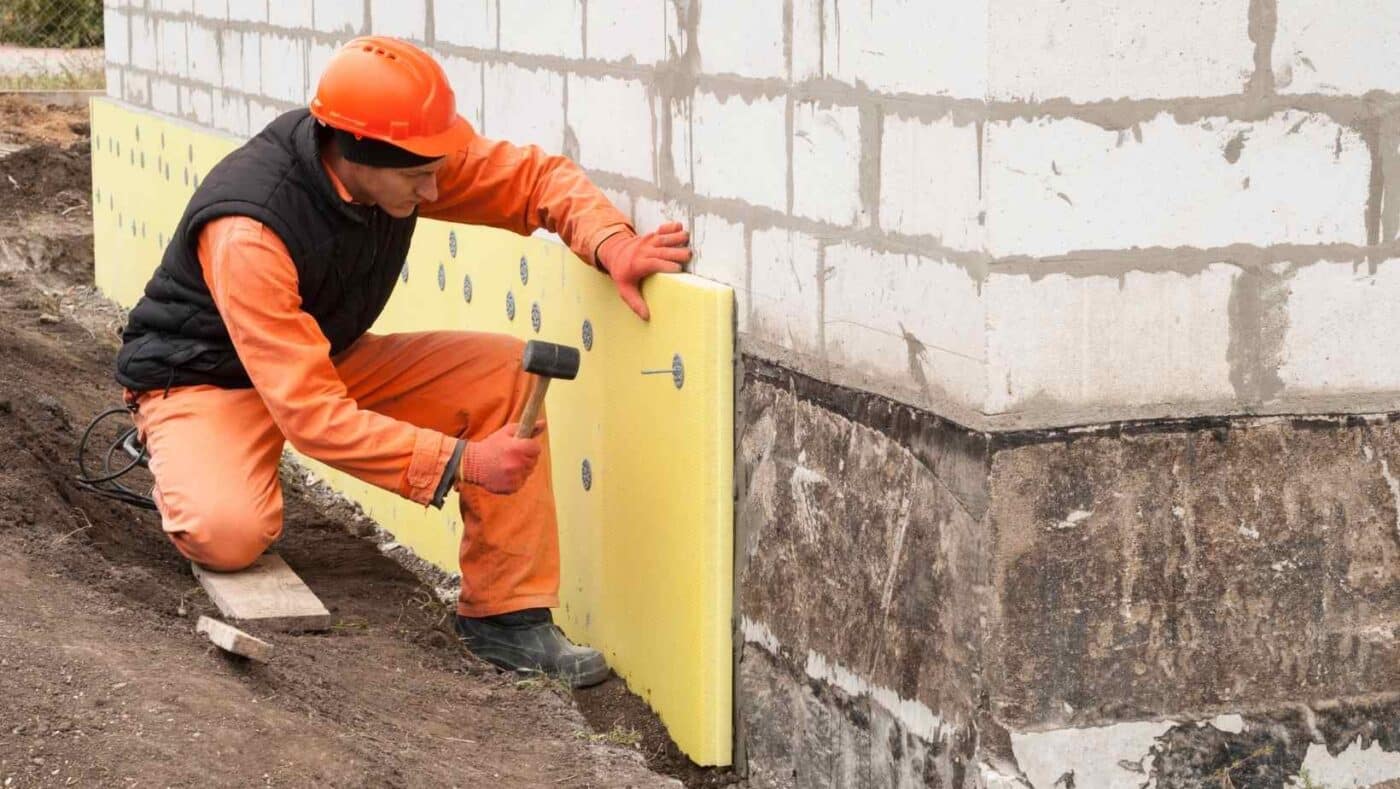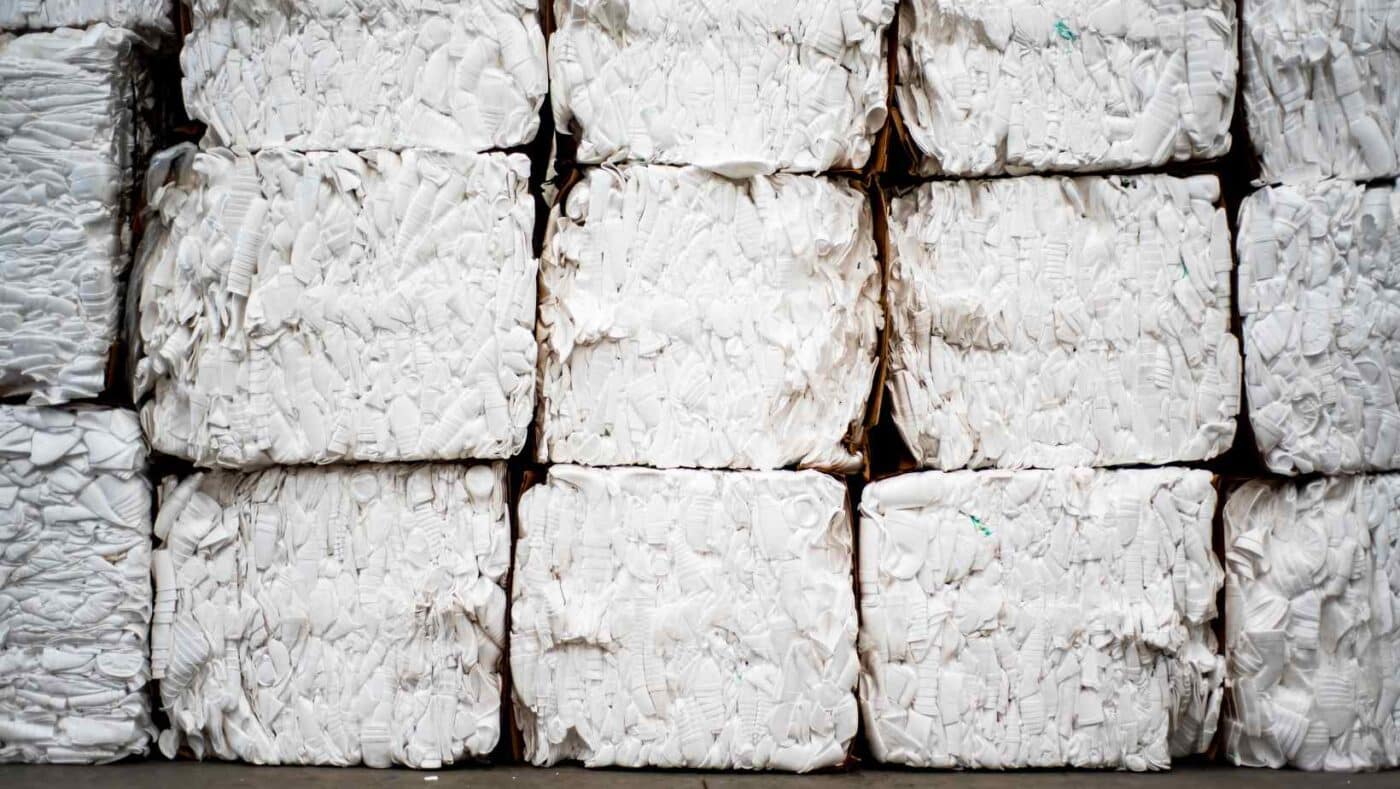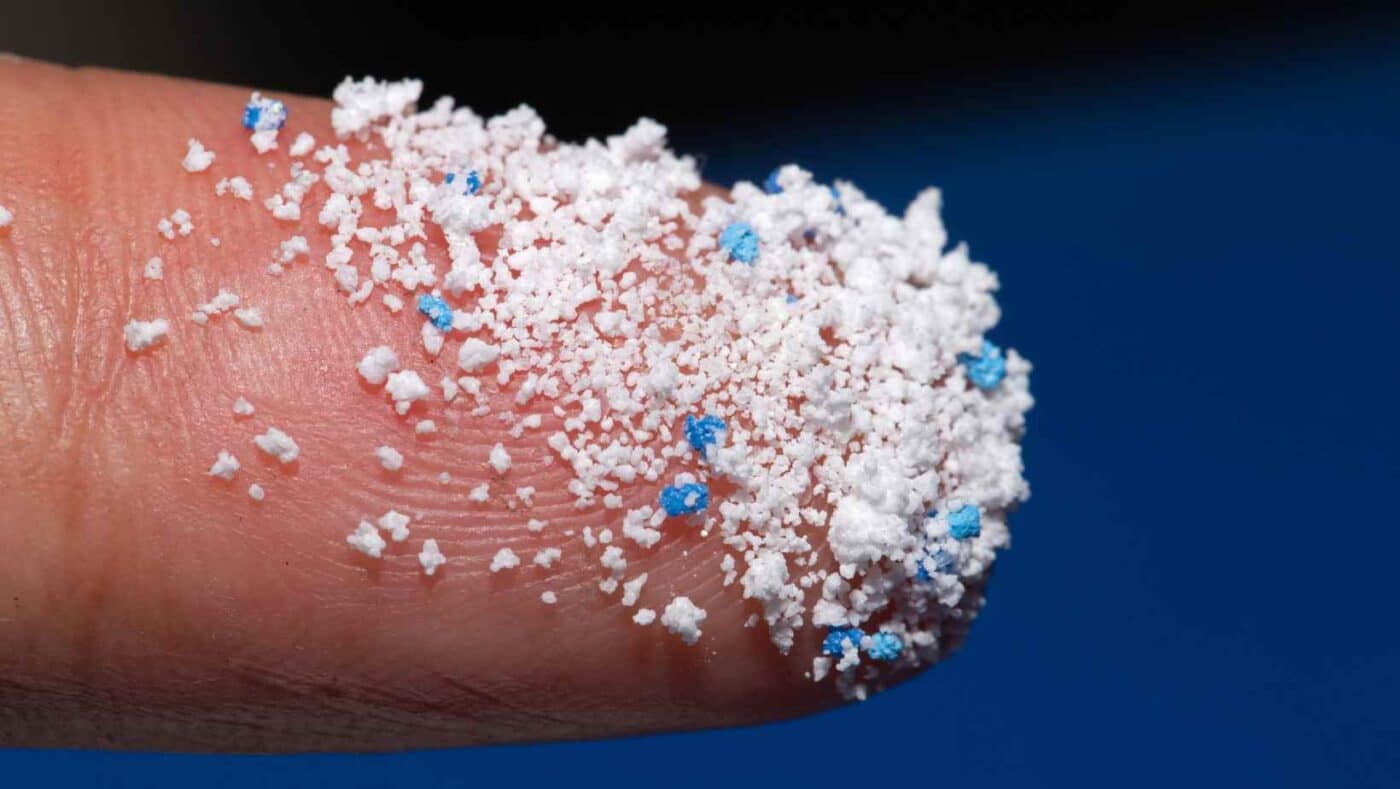Polystyrene is a polymer produced by polymerization from styrene as a monomer. It is widely used in the plastic industry and is referred to by the abbreviation PS.
Table of Contents
What is Polystyrene?
Polystyrene is a white, lightweight, hard and temperature resistant plastic raw material. It is usually used in foam form and for various purposes. It is a versatile material used in thermal insulation, packaging materials, construction materials, furniture, toys and many other industries. It is also commonly known as “Styrofoam” and is sometimes used in products such as foam cups, insulation materials or packaging materials.
Physical and Chemical Properties of Polystyrene
Some important physical properties of polystyrene are:
- Density: Polystyrene is a low density material and is lightweight.
- Hardness: Polystyrene is a hard and brittle material. However, its hardness can vary depending on different temperature and pressure conditions.
- Transparency: Polystyrene is a transparent material and transmits light well. This property is important in some applications.
- Thermal conductivity: Polystyrene has low thermal conductivity and provides high thermal insulation.
- Electrical properties: Polystyrene is an insulating material and its electrical properties are important.
- Water absorption: Polystyrene is resistant to water and has low water absorption.
- Sensitivity to ultraviolet light: Polystyrene tends to yellow and become brittle with prolonged exposure to ultraviolet light.
Some important chemical properties of polystyrene are as follows:
- Solvent resistance: Polystyrene is resistant to many solvents.
- Resistance to acids: Polystyrene is resistant to most acids. However, some strong acids and bases can affect polystyrene.
- Resistance to alkylation: Polystyrene is resistant to some alkylation reactions.
- Oxidation: Polystyrene tends to yellow and become brittle when exposed to prolonged oxidation.
- Flammability: Polystyrene is a flammable material and can release smoke and toxic gases during combustion.
- Sensitivity to UV rays: Polystyrene can become weathered and brittle when exposed to UV rays.
Areas of Use of Polystyrene
Polystyrene is a versatile material used for a variety of purposes. Some of its uses include:
- Thermal insulation: Polystyrene is widely used in the construction industry as it is a material that can withstand high temperatures. It can be used in walls, ceilings and floors to save energy.
- Packaging materials: Polystyrene is a popular packaging material, especially for the safe transportation of delicate and fragile products. It is used in foam cups, boxes, trays and other packaging materials.
- Furniture: Polystyrene is also used in furniture production. It can be used as sofa, mattress and pillow filling.
- Toys: Polystyrene is a material frequently used in toy making. It is used in models such as airplanes, cars, ships and puzzles.
- Building materials: Polystyrene is used in the production of many materials used in the construction industry. It is used in concrete blocks, windows, doors, ceiling coverings and other building materials.
- Marine industry: Polystyrene is used to make floating materials used in the marine industry.
Polystyrene is used in many industries due to its low cost, light weight and versatility.

Advantages and Disadvantages of Polystyrene
If we first look at the advantages of polystyrene;
- Thermal insulation: Polystyrene is a material that can provide high degrees of thermal insulation. Due to this feature, it is widely used in the construction industry and helps to save energy.
- Lightweight: Polystyrene is a very light material and is easy to transport and use. This is especially advantageous in packaging materials or portable building materials that require transportation.
- Durable: Polystyrene is a hard and durable material. It resists impacts and scratches. Because of this feature, it is used in packaging materials or furniture construction.
- Low cost: Polystyrene is a low-cost material. Due to this characteristic, it is widely used in many industries.
- Flexible: Polystyrene is a flexible material and easy to shape. This makes it advantageous for use in furniture making or packaging materials.
Disadvantages of using polystyrene;
- Environmental Impact: Polystyrene products can cause environmental pollution if not disposed of properly. Polystyrene is a difficult material to recycle and can remain in landfills for many years.
- Combustion hazard: Polystyrene has high combustion temperatures and is a flammable material. It can release toxic gases and fumes during combustion, so it may pose some risks in terms of fire safety.
- It may contain chemical substances: Some industrial polystyrenes may contain chemicals that may be of health concern. There are also some concerns about the safety of polystyrene used in food contact products.
- Can be hard and brittle: Polystyrene is a hard and brittle material. For this reason, in some uses, more durable materials may be preferable, especially where it is subject to high impacts or scratches.
- Sensitive to ultraviolet light: Polystyrene can turn yellow or become brittle when exposed to ultraviolet light. For this reason, more durable materials may be preferred for outdoor use or in cases of prolonged exposure.
Is Polystyrene Recyclable?
Polystyrene is a recyclable material. However, recycling polystyrene is a bit more complex than recycling other materials and requires some specialized techniques. Since polystyrene is usually made up of monomers that are tightly bound together during polymerization, it is necessary to break these bonds to recycle it.There are various methods for recycling polystyrene. Some of these are as follows:
- Mechanical Recycling: This method involves the physical grinding of polystyrene waste. This grinding process allows the polystyrene waste to be broken down into smaller pieces and become reusable.
- Chemical Recycling: This method involves recycling polystyrene back into monomers. This process requires polystyrene waste to undergo a chemical process to dissolve, break down and then separate into monomers.
- Thermal Recycling: This method involves heating the polystyrene waste. During this process, the polystyrene waste is broken down under high temperature and separated into reusable monomers.
Polystyrene recycling helps reduce waste and conserve natural resources.

Conclusion
Polystyrene, which is widely used in the plastic industry, has many areas of use. The fact that polystyrene provides thermal insulation, is light, durable, flexible, flexible, low cost and recyclable are the features that make polystyrene popular and preferred today.

